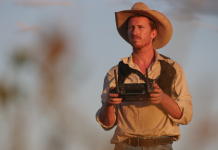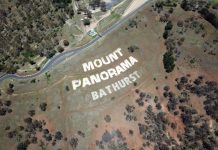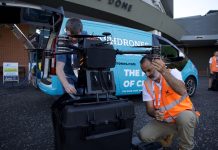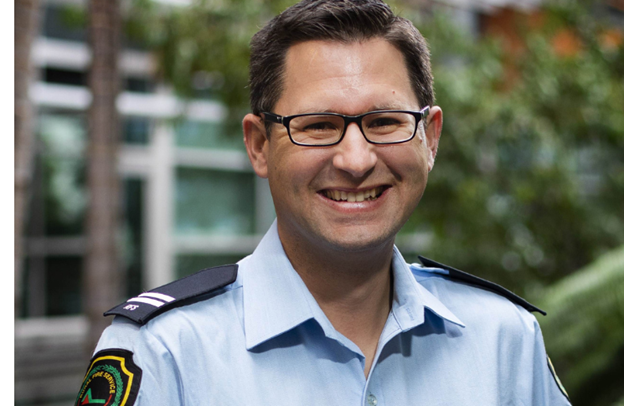
Flying a drone near a bushfire can ground firefighting aircraft, delaying efforts and risking property damage or lives.
Ben Macht, an Air Operations Officer with the Queensland Fire Department (QFD), knows these dangers firsthand. Ben holds a remote pilot licence (RePL) and oversees drone operations during critical bushfire responses, ensuring the safety of all aircraft involved. The QFD also holds a remotely piloted aircraft operator’s certificate (ReOC), allowing them to operate drones for bushfire prevention and response.
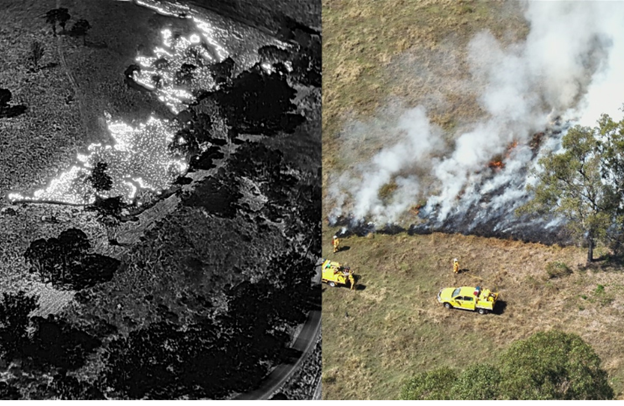
Ben’s firefighting journey began in Germany before he moved to Australia and joined the rural fire brigade on the Gold Coast. ‘Over the years, I learned a lot about bushfires. My passion for flying and photography came together when I became an Air Observer, working from helicopters and planes to gather intelligence.’ In 2019, he transitioned into a full-time role with the QFD Air Operations Unit. ‘Now, as an Air Operations Officer, I help coordinate our remotely piloted aircraft systems (RPAS) capabilities. It’s incredibly rewarding to see how this technology enhances our bushfire and disaster responses.’
RPAS, or drones, have become an essential tool in QFD’s bushfire prevention and response efforts. ‘We use RPAS more and more for hazard mitigation and bushfire response,’ Ben explains. ‘Drones can map vegetation before a hazard reduction burn and provide data to evaluate the effectiveness of the burn. We’ve also used drones to map sensitive wildlife habitats in areas where burns are planned.’
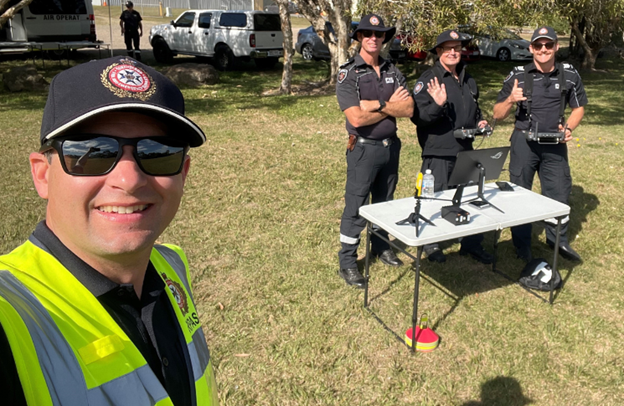
During active bushfires, drones provide real-time vision critical to decision-making. ‘Drones give us better situational awareness, especially in hard-to-reach areas. We can map fire progress, access routes, water sources, and at-risk property, delivering intelligence to the incident controller and ground crews. Thermal sensors are invaluable in tracking fire behaviour through smoke and preventing fires from jumping containment lines.’
Day-to-day, Ben supports regional drone teams and ensures the readiness of all RPAS units. ‘I spend a lot of time in the office, working on documents and supporting our regional senior remote pilots. I also love researching new technology and testing equipment to improve how we help ground crews.’
The team relies on its registered fleet of DJI Matrice 30T and DJI Matrice 350RTK drones for their reliability and advanced sensors. ‘These drones allow us to work safely, even in tough conditions. Their thermal sensors can penetrate smoke, and their laser rangefinders offer quick distance measurements. Their durability is essential when we’re dealing with challenging bushfire environments.’
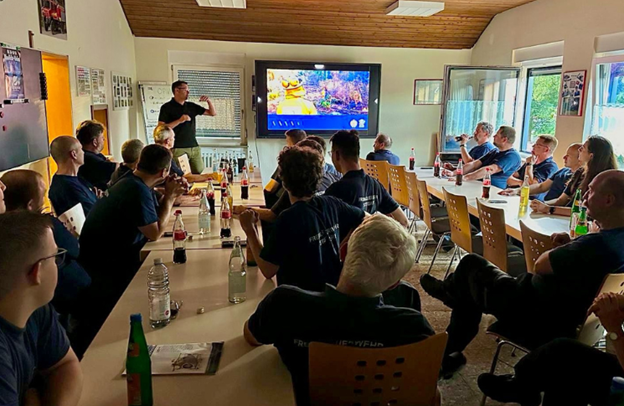
Managing such a large RPAS team requires strong leadership and stringent safety protocols. ‘Safety is paramount, especially during bushfires, and clear communication between crewed and uncrewed aircraft is paramount to keeping everyone safe.’
Ben’s advice for all drone flyers near bushfires is simple but critical: ‘Keep clear. Emergency services need to focus on fighting the fire, not worrying about drones. Your drone could delay or ground helicopters or planes, which could lead to more property damage or even loss of life,’ says Ben.
In an emergency, always follow the instructions of your local fire authority. ‘Using your drone to film a fire front or check how close an active bushfire is breaks drone safety rules and could also hinder emergency services’.
Ben’s top tip for all drone operators is ‘always follow the drone safety rules. It’s the best way to stay safe and keep others safe too.’

